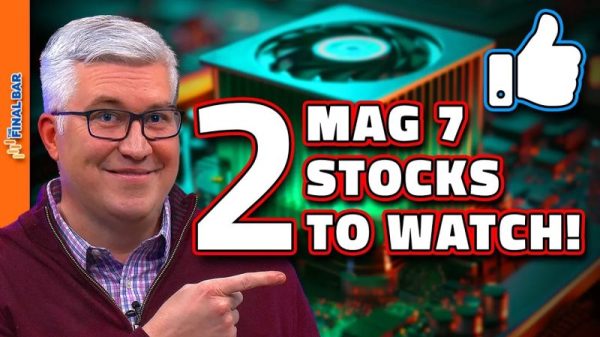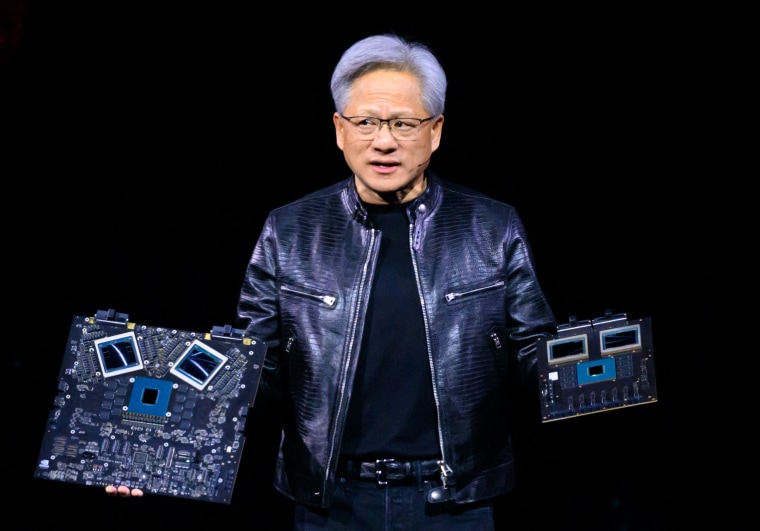Intel Used to Dominate the U.S. Chip Industry, Now It’s Struggling to Stay Relevant
In the realm of technology, Intel has long been deemed a significant player in the U.S. chip industry. With a legacy spanning decades, the company once held a dominant position, driving innovation and setting the benchmark for others to follow. However, in recent years, Intel has faced various challenges that have dimmed its once-shining reputation and raised questions about its ability to stay relevant in an ever-evolving market landscape.
One of the primary factors contributing to Intel’s struggles is the rise of formidable competitors. Companies like AMD and Nvidia have been gaining ground, offering products that are not only competitive but often outperform those of Intel. AMD, in particular, has made significant strides with its Ryzen series of processors, garnering praise for their performance and efficiency. Meanwhile, Nvidia has solidified its position as a leader in the graphics processing unit (GPU) market, further encroaching on Intel’s territory.
Another issue plaguing Intel is its delayed transition to more advanced chip manufacturing processes. While the company once led the industry in this regard, recent setbacks, such as production delays and technological roadblocks, have allowed rivals to catch up and even pull ahead. Intel’s struggles with its 10nm process node and its subsequent decision to outsource some chip production to third-party manufacturers have highlighted its challenges in this area.
Furthermore, Intel’s corporate leadership has come under scrutiny, with changes at the executive level raising concerns about the company’s strategic direction and ability to navigate a rapidly changing industry landscape. The departure of key executives, including former CEO Bob Swan, has left a leadership vacuum that some believe has hindered Intel’s ability to effectively respond to market demands and technological shifts.
Despite these challenges, Intel is not without its strengths. The company still boasts a strong foothold in the data center market, where its Xeon processors continue to be a popular choice among cloud service providers and enterprise customers. Additionally, Intel has made investments in emerging technologies such as artificial intelligence and autonomous driving, signaling its intent to diversify its product offerings and explore new growth opportunities.
Looking ahead, Intel faces a critical juncture in its evolution. The company must address its current shortcomings, including competitive pressures, manufacturing hurdles, and leadership stability, in order to regain its momentum and secure its standing in the U.S. chip industry. By focusing on innovation, operational efficiency, and strategic partnerships, Intel can position itself for long-term success and ensure its relevance in an increasingly competitive and dynamic market environment.



























